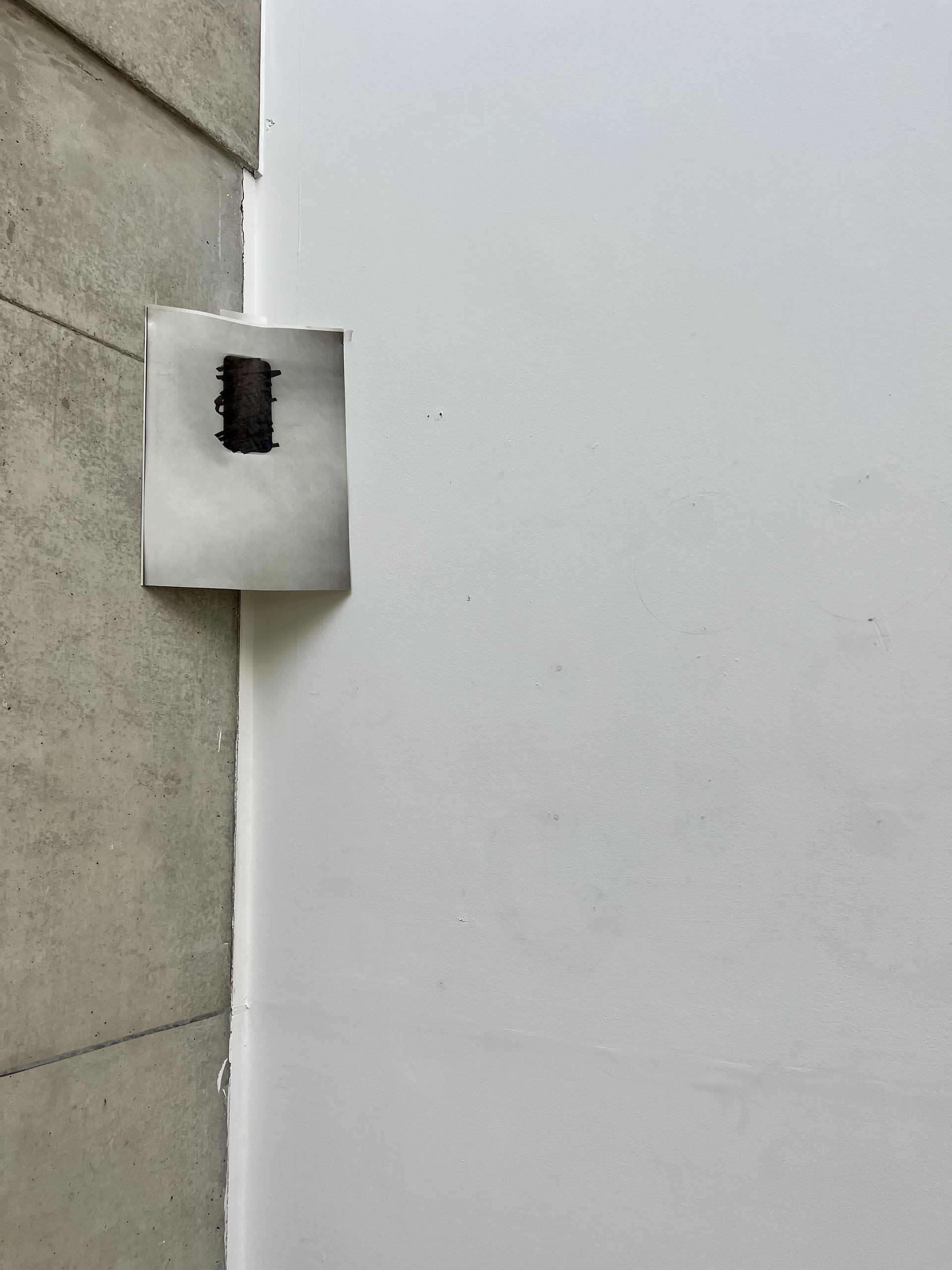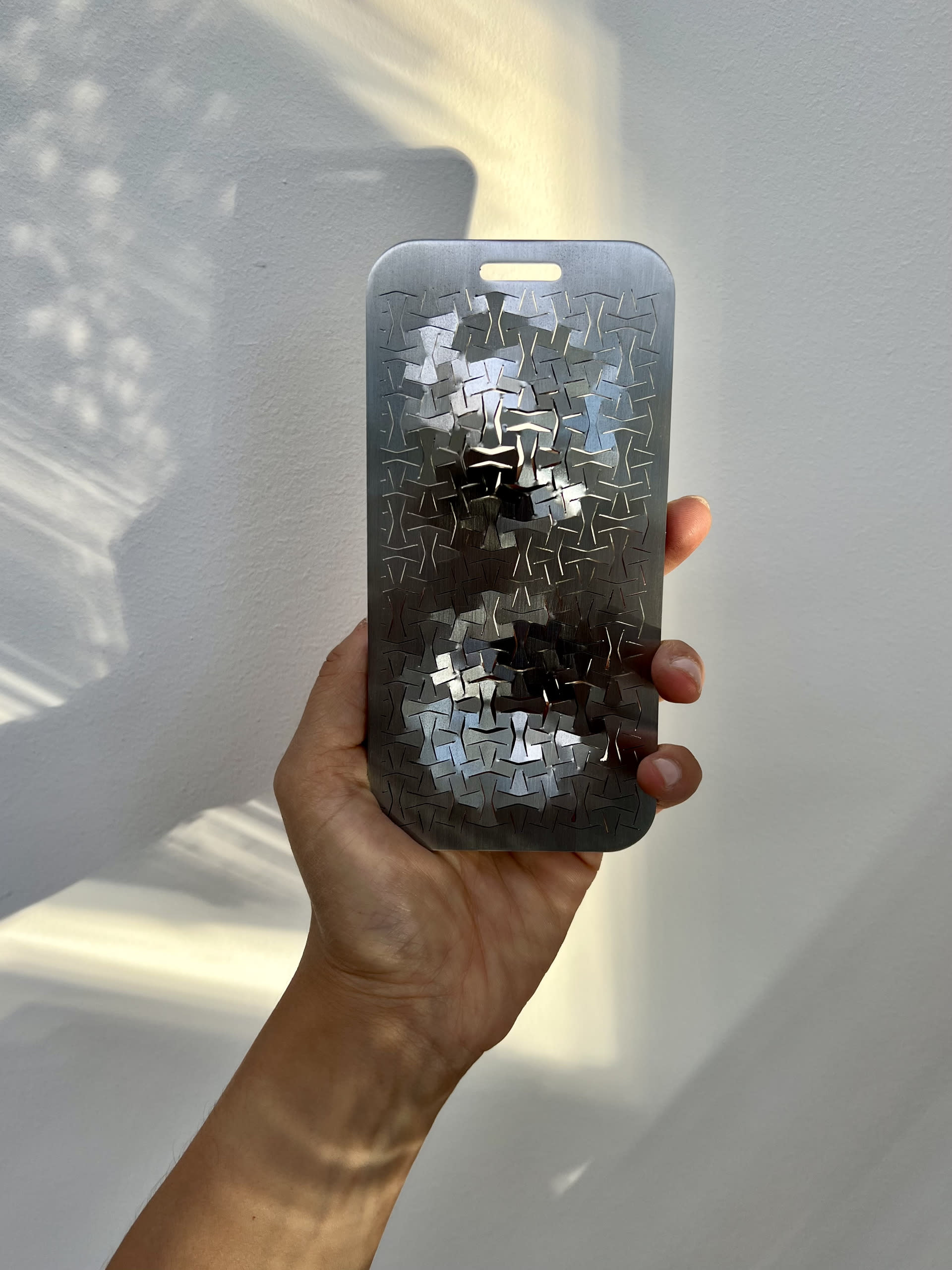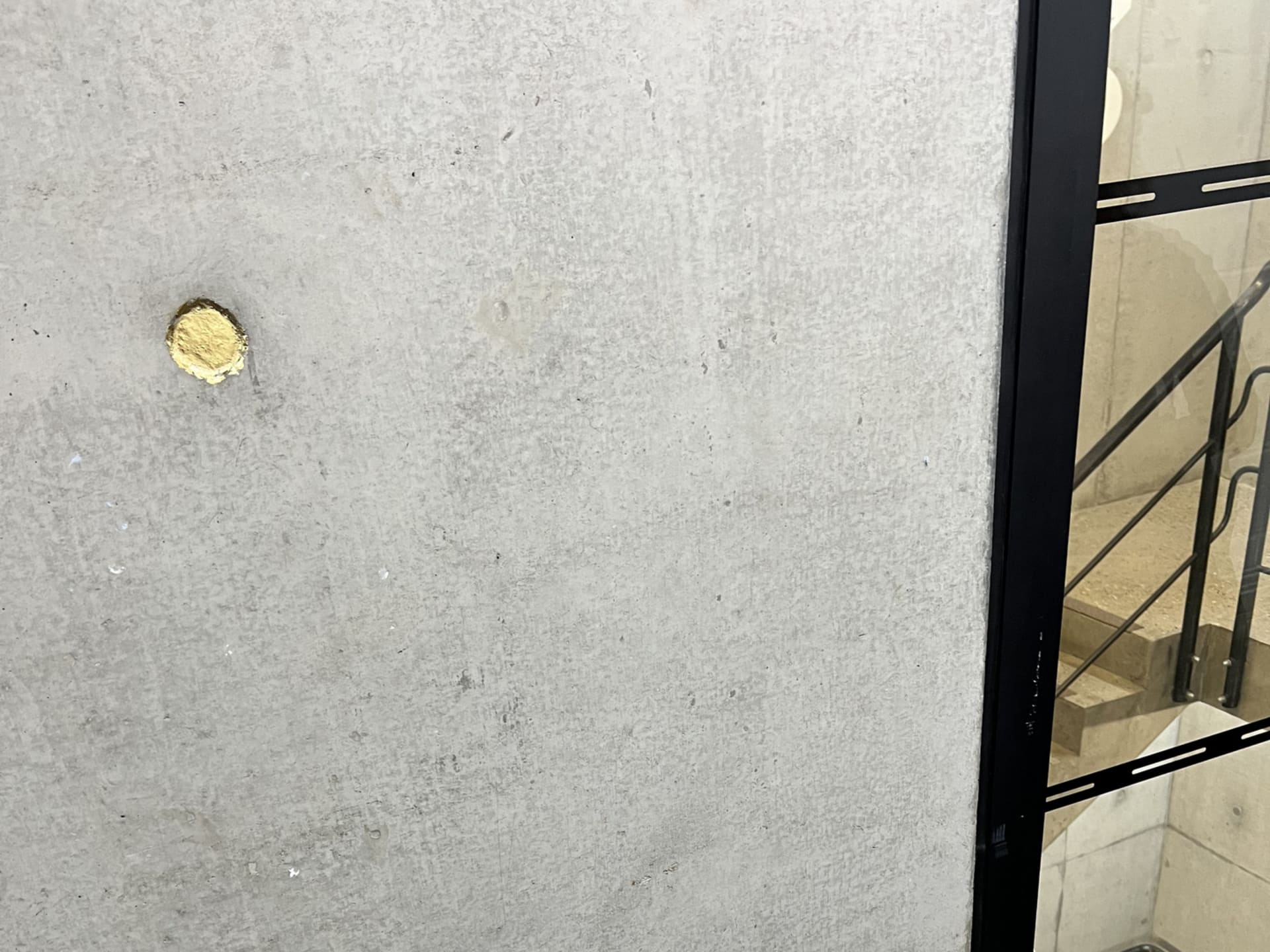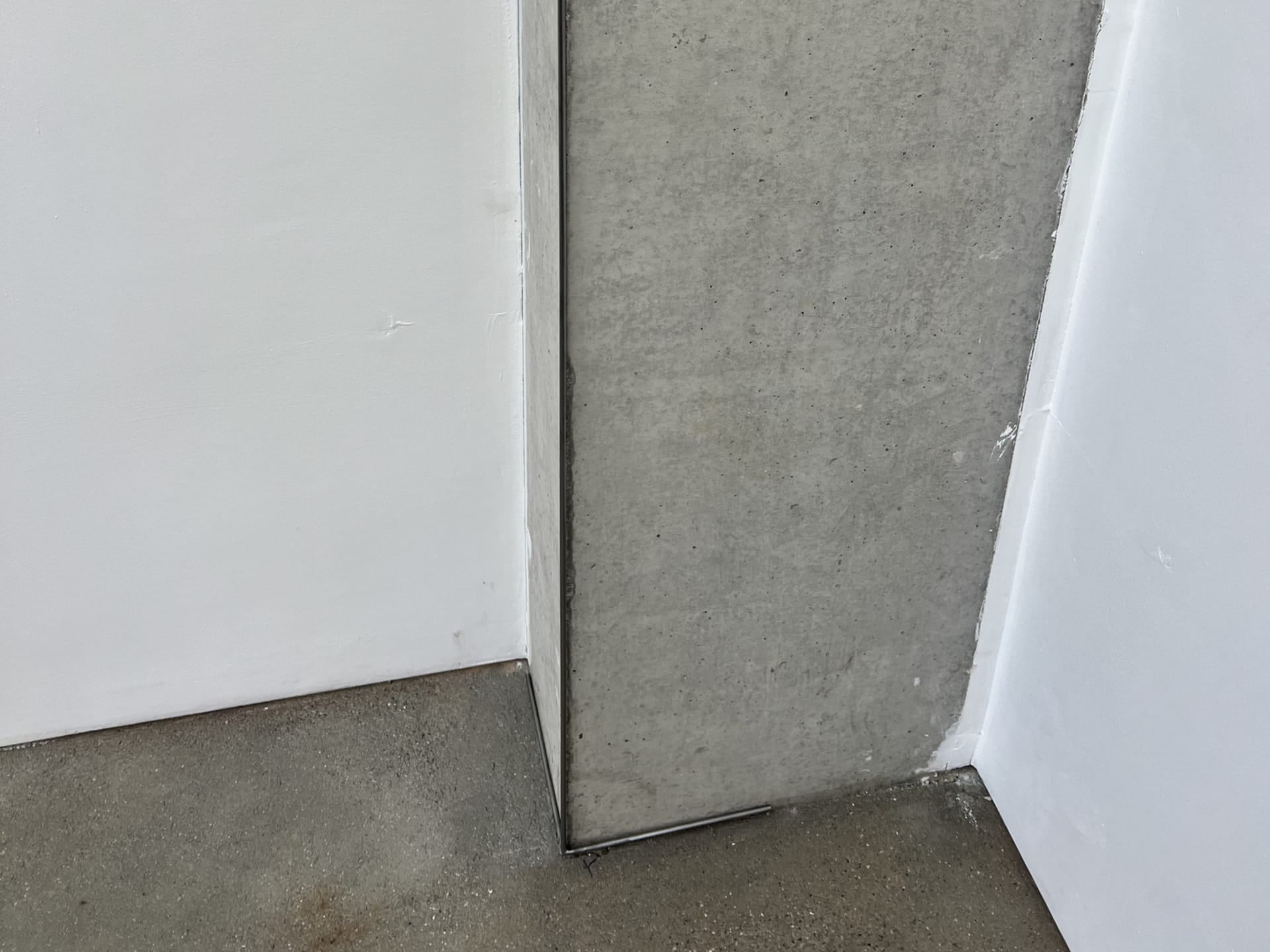Banita Mistry is a jeweller & artist. Her work explores themes of technology, environment, and adornment to explore the human condition.
After completing her BA at the University of Cambridge in English Literature & Education, Banita practiced as a lawyer in London. She commenced her career as a jeweller in 2012 after training at the British Academy of Jewellery (formerly Holts) and working for internationally renowned jewellers, Alex Monroe, and Ruth Tomlinson. Banita has been a trustee for the Hand Engravers Association of Great Britain and consultant to the Goldsmiths’ Craft & Design Council.
Recent projects include the iAtelier Maker programme with the Crafts Council UK and ceramicist Charly Blackburn (2021/22), and an augmented reality project with Snap Inc & the RCA (2023).
Banita was awarded The Behrens Trust Scholarship (RCA, 2022). She creates art and jewellery under her brand Foreign Body.
-----
Special thanks to:
The Behrens Trust
0xF





















